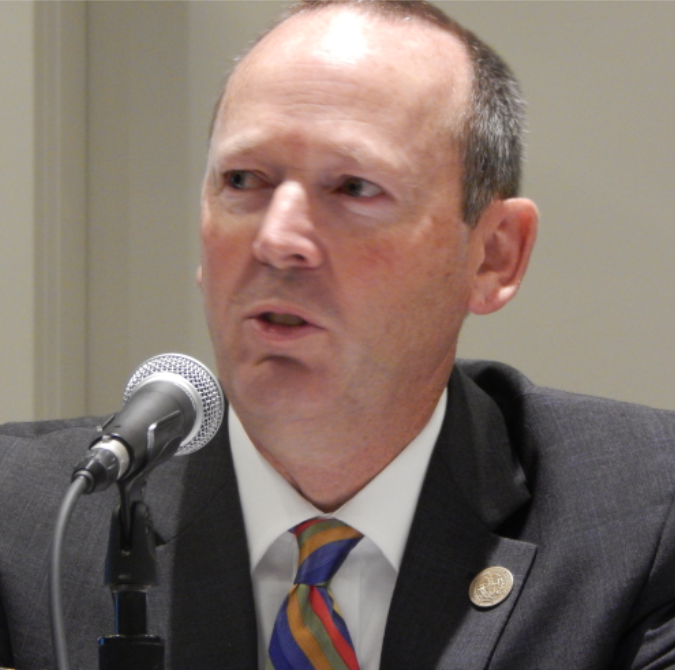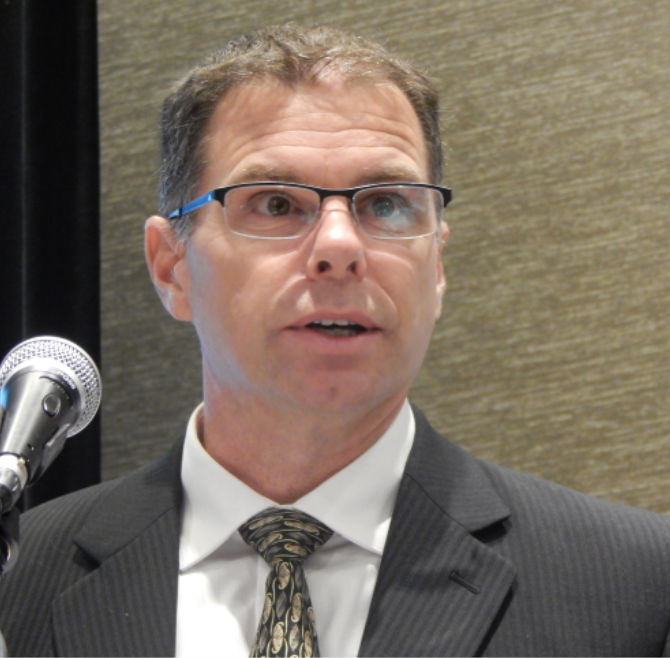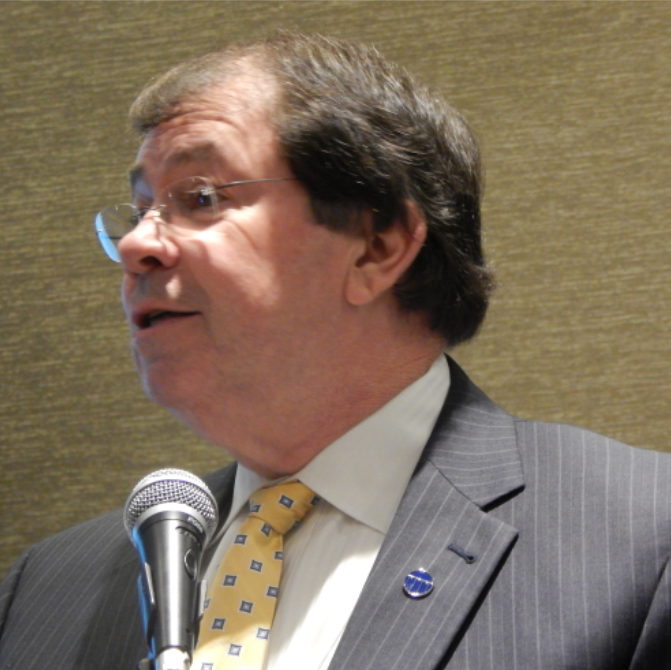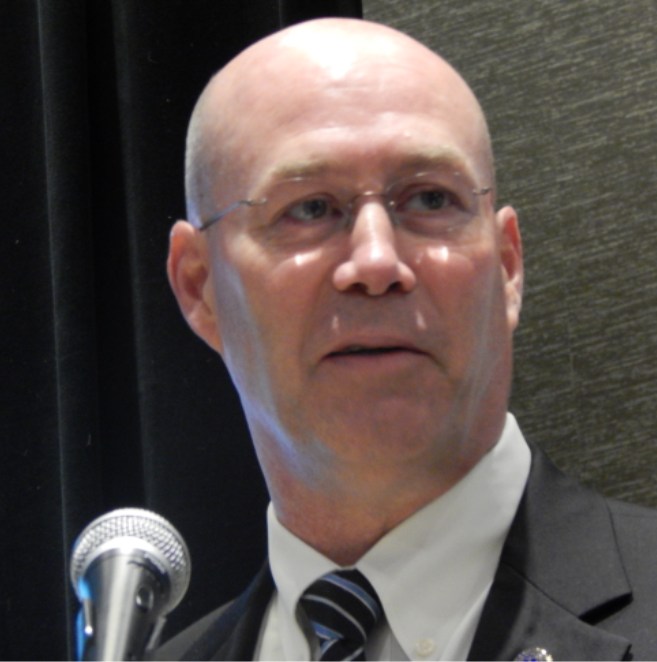By Chris O’Malley
The Federal Energy Regulatory Commission last week approved Indianapolis Power & Light’s request for a limited waiver from MISO’s must-offer requirement, relieving the company of having to purchase replacement capacity after its coal-fired Eagle Valley units retire in 2016.
The commission emphasized its decision (EL14-70) related to “an unfortunate timing mismatch” between the compliance deadline for the Environmental Protection Agency’s mercury rule and MISO’s planning year. It “in no way ties our hands to granting waivers under a different set of circumstances,” Commissioners Tony Clark and Philip Moeller said in a concurring statement.
Commissioner Norman Bay dissented, saying the one-time waiver “creates an unfortunate precedent that erodes MISO’s capacity construct, undermines the bilateral market for capacity and blurs, unnecessarily, a line that had once been bright.”
Timing Mismatch
IPL said it needed the waiver because it plans to retire Eagle Valley’s 216-MW Units 3-6 just ahead of the April 16, 2016, extended deadline on compliance with EPA’s Mercury and Air Toxics Standards (MATS), which falls six weeks before the end of MISO’s planning year on May 31.
IPL complained that there was no clear mechanism within MISO’s Tariff that would permit it to buy replacement capacity to cover the six-week gap.
Otherwise, IPL said it might be forced to retire the plant in mid-2015 and purchase capacity to meet its planning resource margin requirements. IPL told the commission it would need to spend up to $22 million to purchase replacement capacity for the entire year. IPL said capacity prices in the bilateral market had tripled recently as a result of the timing dilemma.
New Generation in 2016
The utility is building a 650-MW gas generator to replace the six 1950s–era Eagle Valley units in Martinsville, Ind., but the new generation isn’t expected to be on-line until late 2016.
“Our customers should not be made to pay for the ongoing costs of operating these units for 10 ½ months going forward plus the cost of procuring an additional full year of capacity in order to fill a capacity hole that is for a six-week period,” the company said.
MISO opposed IPL’s request, telling FERC on July 25 that such waivers “anytime during the last five months of a planning year could result in a substantial deficit in resources needed to meet demand.”
MISO noted that the five-month period would include the winter, “and as we learned during the polar vortex events of this past winter, winter demand can be significant even in a summer-peaking region.”
Not Needed for Reliability
But Clark and Moeller said MISO informed IPL that its units were not needed for reliability beyond April 16, 2016. They also said IPL indicated it would have abundant reserve margins of 47% and 20%, respectively, in April and May 2016.
Clark and Moeller said the waiver “avoids unnecessary costs for Indiana ratepayers and does not create reliability issues that would cause undesirable consequences for third parties.”
The commissioners also cited testimony by IPL that Indiana utilities had provided MISO with their generation outage schedules far in advance, so that MISO could conduct a maintenance margin study for future years. MISO’s analysis demonstrates that MISO Zone 6, in which IPL is located, has a sufficient planning reserve margin even after accounting for scheduled outages, the commissioners added.
“While we appreciate MISO’s concern for resource adequacy, it is clear that MISO’s reservations are based more broadly on resource adequacy concerns in the MISO region as a whole and not on concerns directly related to Indianapolis Power’s request for waiver of the Eagle Valley units.”
Bay’s Dissent
In his dissent, Bay noted that IPL had offered to purchase replacement capacity for the six weeks on the condition that it be available at a just and reasonable rate. “Under the circumstances of this case, I would take up Indianapolis Power on its offer,” Bay said. “This approach is effective and pragmatic, all but ensuring that MISO will receive the necessary capacity, while providing Indianapolis Power with one form of its requested relief.”
MISO is still reviewing the FERC order, MISO spokesman Andy Schonert said Thursday. “Our chief goal is ensuring reliability across our footprint, and we will continue to work with stakeholders to address solutions that meet reliability needs today and in the future.”
No Precedent
Addressing the potential of other utilities retiring coal plans in the same time frame to also seek waivers, the commissioners stressed the IPL decision was based on facts and circumstances “in this specific case,” signaling it would evaluate other such waiver requests on a case-by-case basis.
Alliant Energy, MidAmerican Energy, Xcel Energy Services and Consumers Energy were among utilities that made filings in support of IPL’s request.
In a filing last August, Consumers Energy said it’s in the same boat as IPL, with plans to shutter its 940-MW Classic Seven units on April 15, 2016, due to MATS.
Consumers said that it, too, would have to essentially “over-procure” capacity for 10 ½ months to meet MISO resource adequacy requirements — or potentially be exposed to replacement costs or a deficiency charge for the six-and-a-half-week period.
But MISO downplayed the idea that other generators beyond IPL are grappling with the six-and-a-half-week gap between the MATS deadline and the end of the MISO planning year. “MISO is not aware that any other market participants believe their circumstances would necessitate early retirement to comply with MISO’s tariff provisions,” the ISO said.
Also protesting IPL’s request was NRG Power Marketing and GenOn Energy Management, providers of bilateral capacity. NRG said IPL “correctly” notes that there’s no guarantee that bilateral capacity will be available, but “it is highly likely that such capacity will be available on a bilateral basis — and at far less than the cost of new entry.”
NRG also contends that requiring IPL to pay the market price for capacity during a period of scarcity “should not be considered a ‘problem.’ It is the market at work.”














